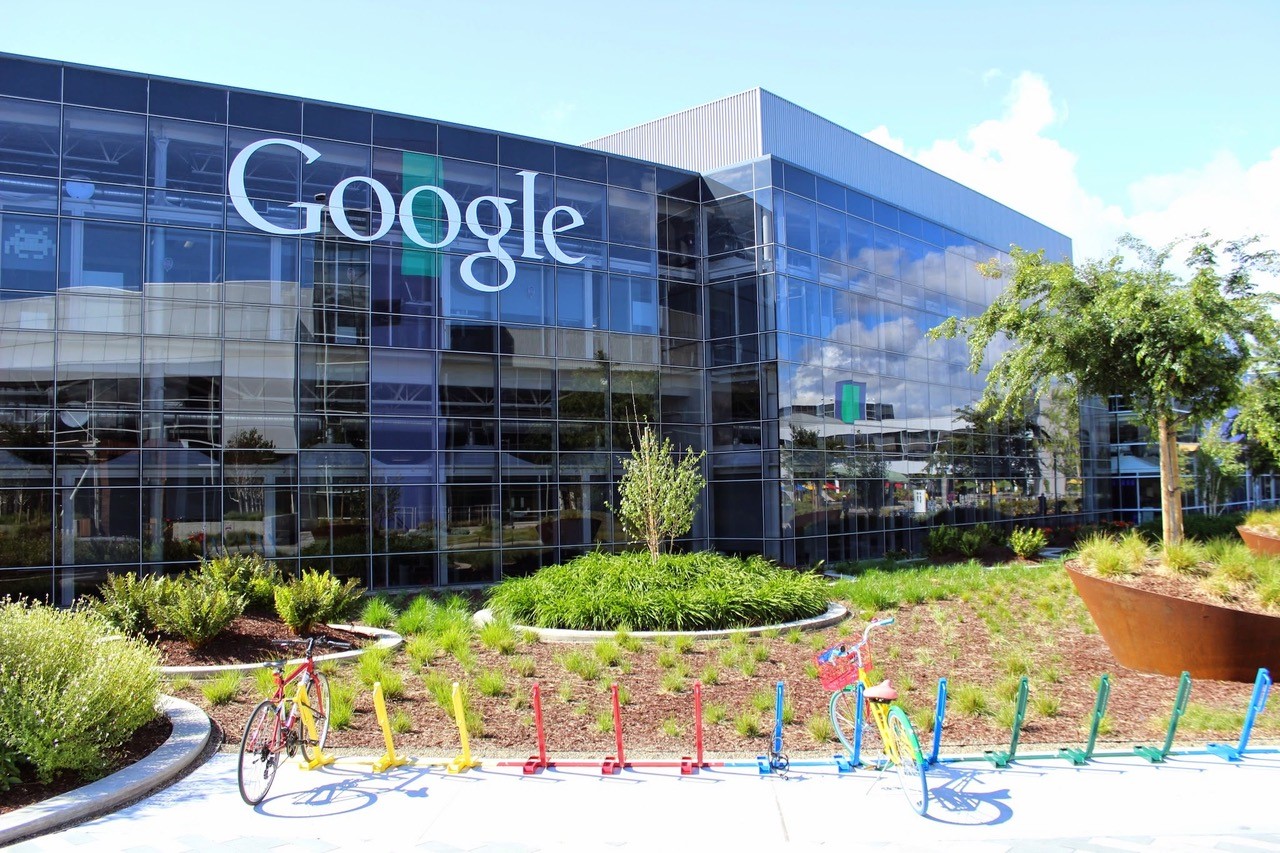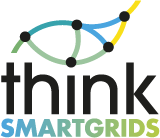Google, or rather Alphabet, evokes many fears with the world’s energy giants. On its own, the silicon valley giant, embodies the threat to a sector that is prey to an upcoming Uberization. But beyond beliefs, who really knows what Alphabet is cooking up in the world of energy?

Google employee on a toboggan, Switzerland – Photo credit: Google in CC
Alphabet is present in several segments of the electricity value chain. Alphabet combines investments in long-term energy supply (through purchasing), investment in renewable energies (beyond its own needs) and also sees business opportunities in the energy transition.
Alphabet and energy supply
Through its subsidiary Google Energy LLC, Alphabet recently announced that it will provide all of its renewable energy needs from 2017. The annual consumption of Alphabet is about the same as that of the city of San Francisco, which would make Alphabet the largest purchaser of renewable energy in the world. By 2010, the American regulator had granted Alphabet an authorization to buy and sell energy at market rates. In 2015, the group had already increased the number of long-term contracts to reach 5.7 TWh of renewable energy.
Alphabet, a producer of renewable energy
Alphabet has since invested over $ 2.5 billion in 22 major renewable energy projects, including $ 250 million for the solar panel manufacturer SolarCity (since taken over bid by Tesla). These are mainly located in the United States, where they must help secure the supply of “green power” of Alphabet’s data centers. The group is active in photovoltaics in Africa via the Jasper Power Project in South Africa. It has also invested in the Lake Turkana wind farm in Kenya, the largest wind farm on the continent. This 365-turbine project is expected to start in 2017 with an expected annual output of 310 MW to eventually cover 15% of Kenyan consumption, the energy needs of 2 million homes.

GooglePlex, Silicon Valley -Photo credit: Google in CC
Alphabet in home automation
The acquisition of Nest for $3.2 billion in early 2014 allowed the company to position itself in the home automation sector To extend its influence Nest developed Weave, the application protocol used by the Nest products to communicate among themselves. Through Weave, Nest tries to make more and more objects compatible with its three products: its thermostat, its smoke detector and its camera. The “Works with Nest” programme now brings together 11 000 developers and some 50 brands.
Alphabet intends to become the flagship actor of the technological ecosystem within the home automation sectors just as has become in other sectors. In general, Alphabet is not active in large standardization structures that deal with the subject. The company believes it can develop its own ecosystem around its own standards. That’s why the group has launched the Thread initiative that develops an information transport protocol. OpenThread complements Weave by allowing Nest objects to communicate with each other.
Other Alphabet experiments
In 2013, X – the group’s technological incubator – bought Makani Power, a startup that developed a kind of kite attached to the ground by a cable, for generating energy. Designed from ultra-light materials and electronic components, these gliders produce wind energy. Flying at high altitude, where winds are stronger, they produce 50% more energy.
X is also behind the Sunroof project, which aims to facilitate the adoption of photovoltaic panels. Supported by Google Maps, Sunroof allows a homeowner to calculate the potential of their roof for solar energy by combining different factors (hours of sunshine, presence of trees or likely to generate shade, roof orientation, weather patterns). Based on this data, SunRoof recommends whether to install panels, specifying the size, purchase or rental cost, and potential savings. The tool also offers contacts from the nearest suppliers.
ITEMS International for Think Smartgrids



